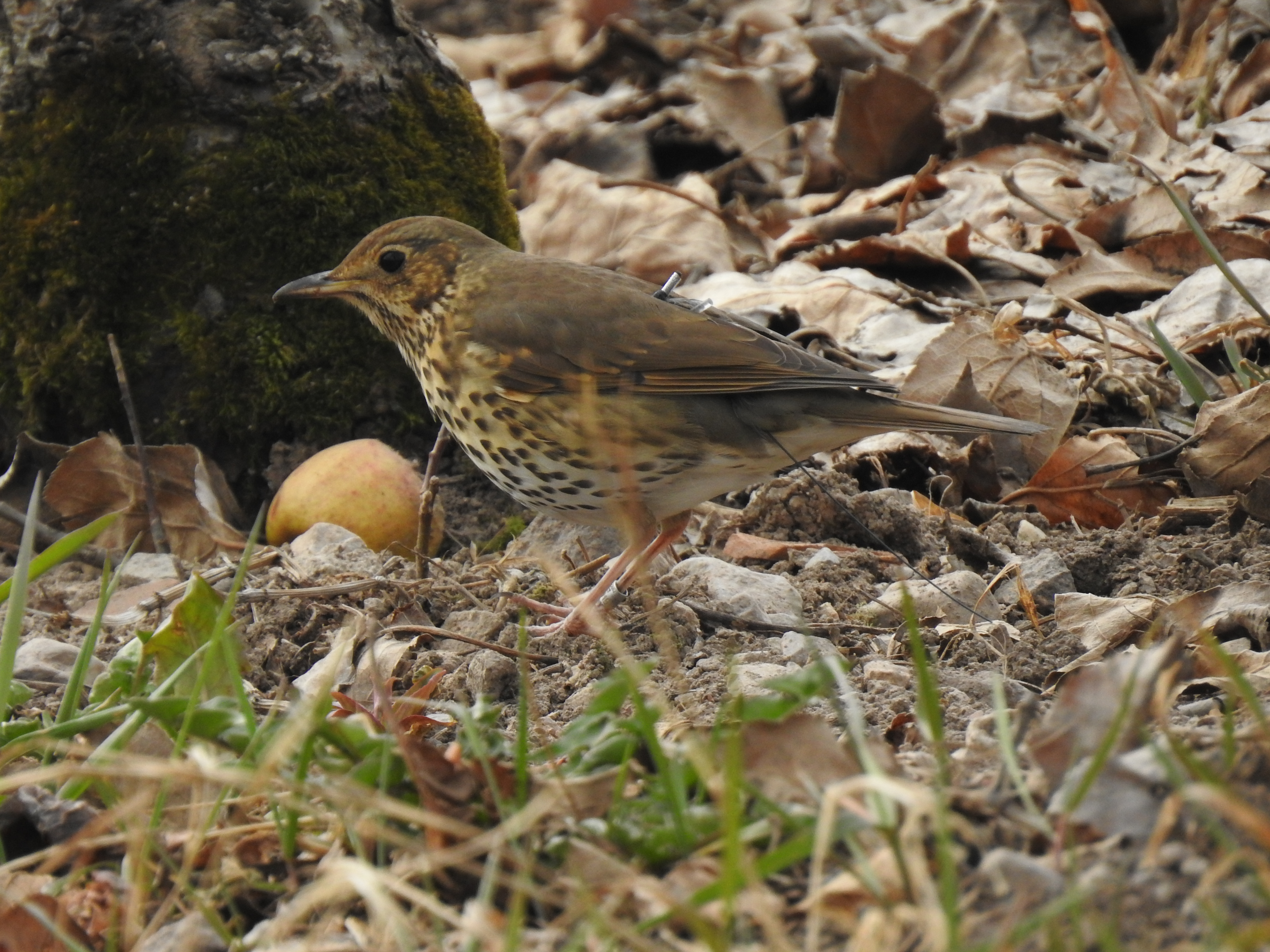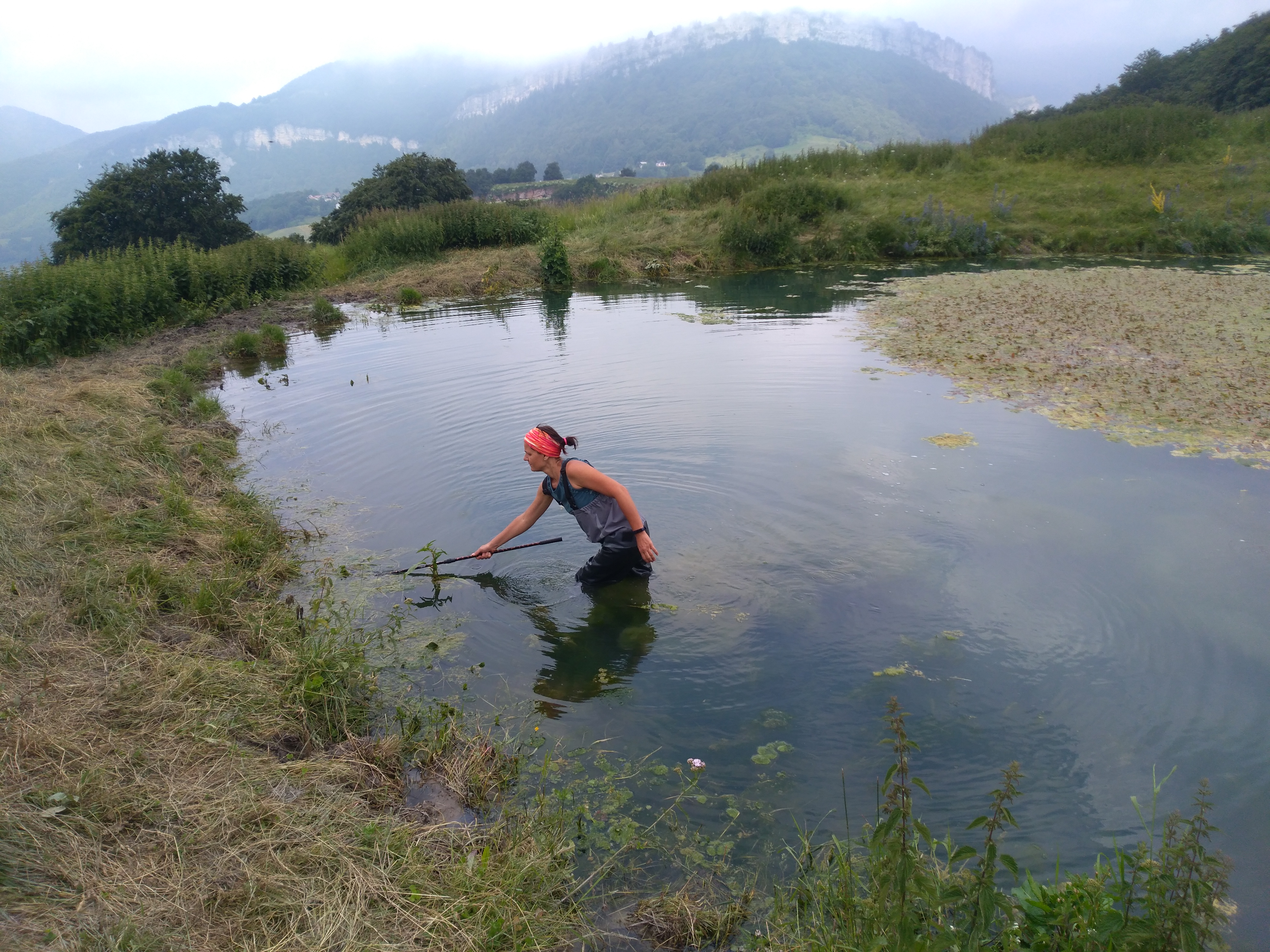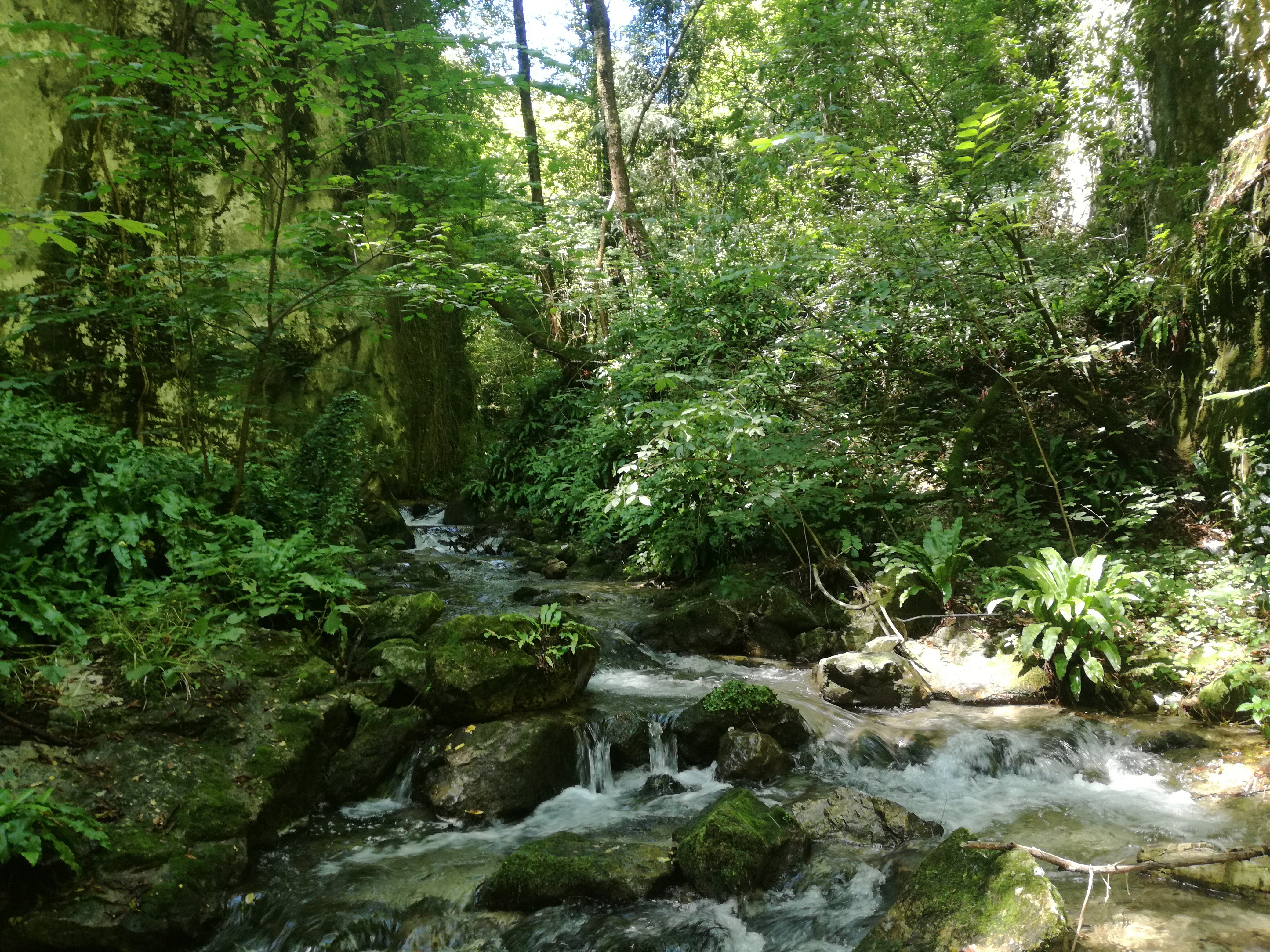Sorry, this entry is only available in Italian.
Giacomo Assandri
In intensive farmland, it is often difficult to find charismatic and evocative species to serve as a flagship to inspire conservation actions and awareness. Here, ‘non-traditional’ flagship species may play a fundamental role in promoting more sustainable and biodiversity-friendly agriculture and achieving conservation targets in this strongly artificial habitat.
We investigated the abundance (measured in number of territories) of two insectivorous avian species, spotted flycatcher and common redstart, in response to environmental characteristics and agricultural management practices in Italian vineyards at landscape and field scales. We evaluated whether these species could be used as ‘non-traditional’ flagships in this agroecosystem.
We found that both species were positively affected by vineyard cover, but not all typologies of vineyards are equally suitable for them. The traditional pergola trellising system was favoured by both species, whereas spalliera vineyards exerted negative effects. The spotted flycatcher commonly occurred in intensive vineyards on valley floors where its abundance was negatively affected by young plantations, which provide limited nesting opportunities, and by the cover of organic vineyards. Conversely, the common redstart was positively affected by traditional elements interspersed in the vineyard matrix (i.e. hedges, tree rows, and isolated rural buildings), which were more abundant in the less intensively cultivated valley sides. At the field scale, common redstarts selected for grass sward shorter than 20 cm, which highlights the importance of active sward management for this ground-feeding species.
Based on our results, we proposed using the spotted flycatcher as a ‘non-traditional’ flagship species for intensive vineyards and the common redstart for the less intensive vineyards.
- Assandri G, Bogliani G, Pedrini P, Brambilla M. Insectivorous birds as “non-traditional” flagship species in vineyards: Applying a neglected conservation paradigm to agricultural systems. Ecol Indic. Elsevier; 2017;80: 275–285. Link all’articolo sul sito della rivista
[Best_Wordpress_Gallery id=”15″ gal_title=”giacomo_insettivori”]






























